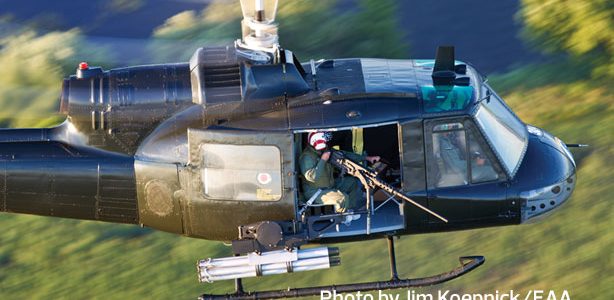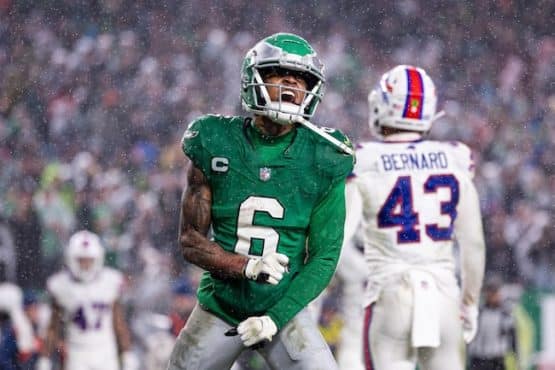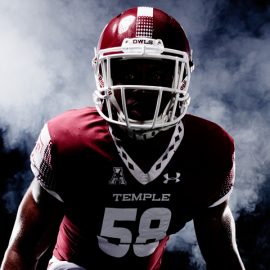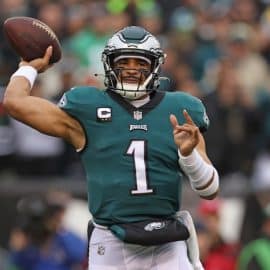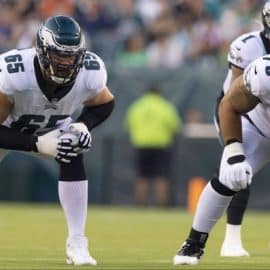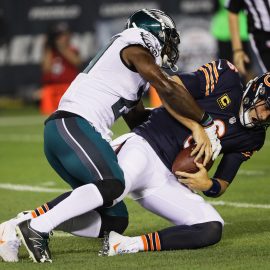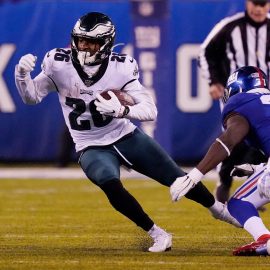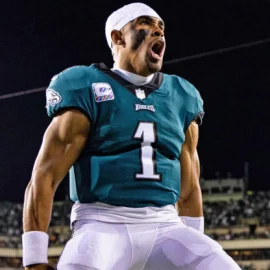Nobody seems to remember the Seawolves from the Vietnam War…
I’d like to help rectify that omission.
In the late ’60’s Philly fans perfected the art of booing the home team. As an idealistic teenager I rejected that concept. It was obvious the Eagles players were trying their best to win. It just wasn’t in the cards. Ownership and personnel managers at the time were in more disarray than their football troops.
Same goes for the liberal media and liberal activists at the time regarding the Vietnam war. Guys coming home from the war were booed and worse, such as bags of dog crap being thrown at them when they landed back home in Oakland.
I was in college but ready to be drafted. I pondered what branch of service suited me best. I had developed a taste for mechanics based upon the acquisition of my first car, a 1964 used Valiant purchased for $425 which was missing a tooth in its gearbox. Somehow I thought I could translate my experience with that vehicle into a helicopter mechanic training program with the U.S. Navy if drafted.
Helicopters were the next big thing, I reasoned. Plus, nobody could call me a “baby killer” if I was servicing helicopters which evacuated Vietnamese children and orphans and American wounded soldiers—I would be saving lives, not taking them.
Then the “Draft Lottery” was instituted for the first time ever. The government did this amazing event on radio— based on your birthday, you would draw a lottery number. The lower the number in the lottery, the higher the chance you would be immediately drafted.
I remember if you drew a number between 1 and 60, you were going to Vietnam one way or the other very soon, and your best bet was to enlist immediately in the service of your choice. I was stunned when my birthdate (March 4) resulted in a high number at 275. My plan for the Navy was postponed.
Meanwhile the war raged on. I kept my EYE on naval helicopter mechanic opportunities, but soon the TET offensive attack from the Viet Cong and the North Vietnamese Army signaled to us all that the “fight to stop communism” was beginning to take its toll on America’s resolve to keep going with a war that looked increasingly unwinnable. Mainly we had lost our stomach for the avalanche of military and civilian casualties that was bound to come if we kept at it.
And then it was over. And the Draft was over too.
Talk about survivor’s guilt….I still have it. But not in the PTSD way that so many Vietnam veterans deal with today. I simply deal with the guilt that I won a Lottery.
So enter the Seawolves— this unit was the Philadelphia Eagles at the time in the context of the hierachy of the military in 1968. They were undermanned, underfunded and under-appreciated.
They were a last-minute conglomerate of helicopter pilots, gunners and mechanics who were slap-dashed together with a lousy budget and crappy resources to provide helicopter air support for the Navy Seals and Navy riverboat patrols in the Mekong Delta.
It’s time these guys are honored and remembered. 44 of them lost their lives in the execution of life-saving missions. A few hundred of them still survive. They worked 12-hour shifts 7 days a week for two years or more. They cobbled together broken Hueys sent to them from the Army and patched them up with their own sheet metal shop stationed in the Delta. They scrambled into battle on two minutes notice. Without them, countless American soldier and Vietnamese civilian lives would have been left to slaughter by the VC and NVA.
They didn’t get the credit they deserved. That’s because the liberal sentiment and media at the time labeled any American involvement in the war as evil.
But like the underappreciated Eagles teams of the same era, they should be remembered.
In 1967, the U.S. Navy established Helicopter Attack (Light) Squadron Three, commonly known as HA(L)-3, unclassified call sign: “Seawolf.” The in-country formation and then disestablishment in 1972 was a historic first.
The Navy stood up three “brown-water” task forces to combat communist infiltration along the coast and interior waterways. Operation Market Time operated “Swift Boats” patrolling along the coast and initially the large rivers.
Operation Game Warden operated “patrol boats, river” (PBRs) on the canals and smaller rivers, while the Mobile Riverine Force supported the Army’s 29th Division, which had its own integral air support (helicopters) and forward air controllers for Tac Air. Game Warden was supported on a catch-as-catch-can basis by individual U.S. Army aviation units until they finally cried “Uncle!”, relating they had more than they could handle supporting their own units, let alone covering the Navy’s growing needs. That situation spurred the call for integral support of Game Warden—hence, the birth of the Seawolves.
HA(L)-3 initially consisted of nine detachments, each with two helicopter gunships and two four-man crews per each Huey, stationed in various locations throughout the Mekong Delta. They were based aboard barracks ships positioned in the large rivers and on offshore LSTs (landing ships, tank).
The Army ended up loaning the Navy 30 to 35 “war-weary” UH-1Bs. After the Navy repainted and rearmed the Hueys, the Seawolves proceeded to carve a name for themselves in the history books.
For more detailed info, check out the 1969 memories of Lt. Cmdr. Bud Barnes, USN, Retired as told to and written by James P. Busha.
Read the article from the April 2016 issue of Flight Journal. click here.
Add The Sports Daily to your Google News Feed!
